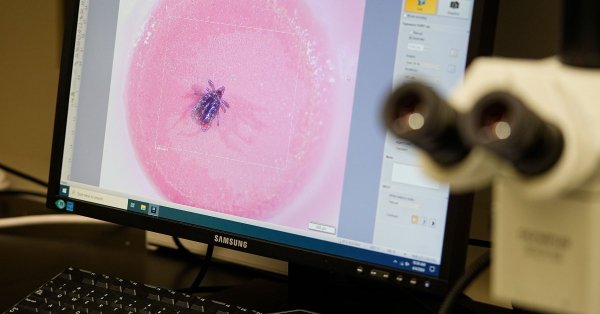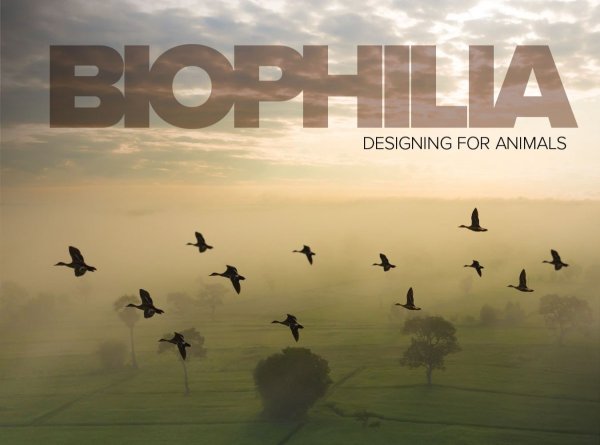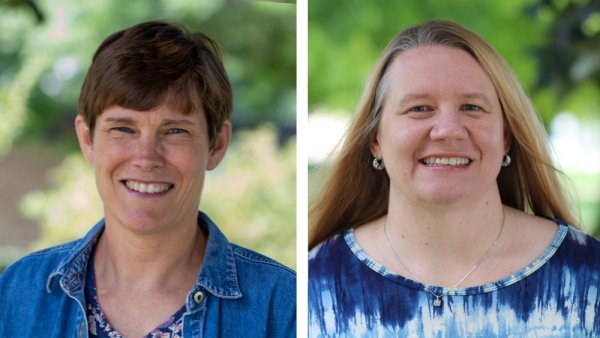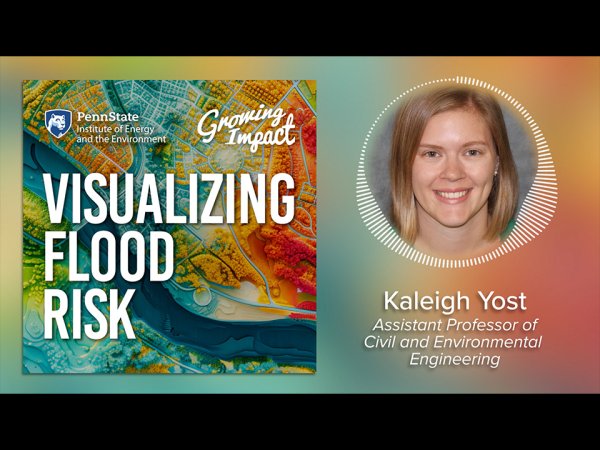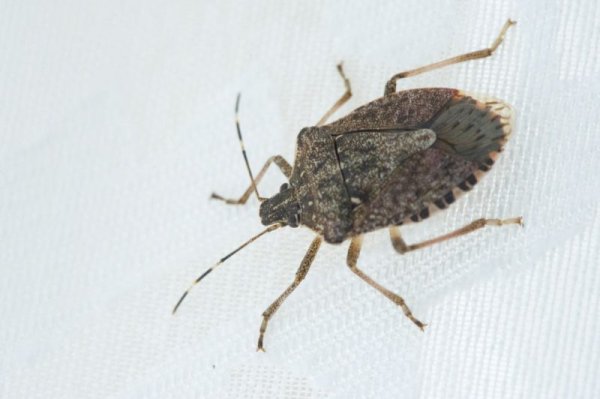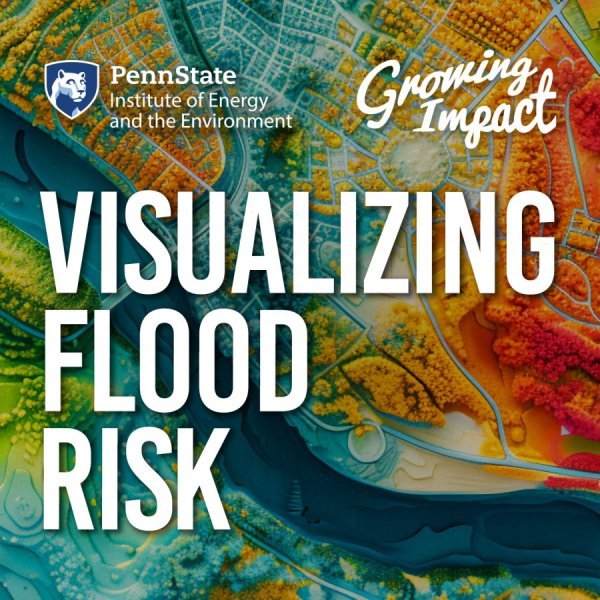'American Malaria' is on the rise
| time.com
Babesiosis, a tick-borne illness, is becoming more common in the U.S. This article mentions Penn State research.
Opportunity: Call for Posters/Papers for Biophilia Conference
The Stuckeman School is excited to announce a groundbreaking research symposium titled “Biophilia: Designing for Animals.” This event will explore the critical role of animals in design and how our built and natural environments are shaped by more-than-human participants.
Summer walleye catches in Pennsylvania portion of Lake Erie were second highest in more than 20 years
| meadvilletribune.com
PITTSBURGH — Anglers in Pennsylvania’s portion of Lake Erie reported the second-highest walleye catch rates since 1993 for July and landed in the top five highest rates for August. This article mentions Penn State research.
College of Earth and Mineral Sciences faculty member named 2024 Packard Fellow
| psu.edu
Tushar Mittal, assistant professor of geosciences in the College of Earth and Mineral Sciences at Penn State, was named a 2024 Packard Fellow by the David and Lucile Packard Foundation. Mittal is among this year’s class that features 20 innovative early-career scientists and engineers, each of whom will receive $875,000 over five years to pursue their research.
Faculty earn Advancing Equity and Inclusion Grant for project-based learning
| psu.edu
A pair of multidisciplinary faculty members at Penn State Shenango received an Advancing Equity and Inclusion Grant from the Schreyer Institute for Teaching Excellence to help fund a series of four online workshops focused on project-based learning.
Growing Impact: Visualizing flood risk (Preview)
| youtu.be
Episode release date: November 1, 2024. Flooding is the world's most devastating natural disaster, causing widespread destruction and loss of life. Millions of Americans live in high-risk flood zones, with the threat amplified by climate change and aging infrastructure. This episode explores how innovative computer modeling and visualizations can help communities plan for future flood risks and develop effective response strategies.
Doctoral candidate to discuss high wildfire-risk zones effect on property values
| psu.edu
Sizhuo Chen, doctoral candidate in energy, environment, and food economics, will give the talk, “The Impact of Wildfire Hazard Information Disclosure on Property Prices,” at noon on Wednesday, Oct. 23, in 157 Hosler Building on the University Park campus. The event is free and open to the public.
Fungi Futures exhibition showcases work of Stuckeman architecture researchers
| psu.edu
Three projects from researchers in the Penn State Stuckeman School that focus on the use of mycelium, the root of fungus, as sustainable architectural components are featured in the “Fungi Futures: Exploring Mycelium in Product Design and Crafts” exhibition in the gallery of the (con)Temporary CRAFTS STUDIO in Bremen, Germany.
Scientists around the world report millions of new discoveries every year − but this explosive research growth wasn’t what experts predicted
| theconversation.com
Don’t be fooled by the image of a mad scientist isolated in his basement laboratory. Science is a collaborative endeavor, and international teams have contributed to a huge rise in scientific output.
EMS associate dean named distinguished member by Society of Petroleum Engineers
| psu.edu
Zuleima Karpyn, Donohue Family Professor of Petroleum and Natural Gas Engineering, and associate dean for graduate education and research in the College of Earth and Mineral Sciences, was recently named a distinguished member by the Society of Petroleum Engineers
Invasive brown stink bugs are everywhere — but for how much longer?
| yahoo.com
As delightful as that autumn air may feel, your open windows may also serve as an open door to the invasive brown marmorated stink bug. This article quotes Michael Skvarla, assistant research professor of arthropod identification.
Penn State researchers earn funding for sustainable weed and insect management
| psu.edu
Three Penn State research teams have received awards totaling $1.78 million from the U.S. Department of Agriculture's National Institute of Food and Agriculture to investigate climate-smart approaches to pest control in agriculture.

